DIGITAL RESTORATION
What does digital film restoration actually entail?
It depends of course on the condition of the footage and the scope of the project, among other things. My guiding principle, as set by the FIAF, is to repair the damage but never correct the original.
This means respect for the historical characteristics of analog film. The goal is not to make a film look like it was shot last week, but to take away the scars left by time, use and less than ideal handling and duplication throughout its physical history. Diamant-Film Restoration, the software I use, allows me to achieve the level of control that archival standards require.
POSSIBLE INTERVENTIONS
Stabilization
Perforation degradation is one of the most common issues in old analog film, and it results in instability of the image.
Not only will stabilization have an enormous positive impact on the viewer’s experience, but it also makes subsequent restoration processes more accurate and effective.
Dirt removal
Usually, the first step when cleaning the image is running an automatic process. While powerful and very customizable, it does require close monitoring and correction to avoid introducing artefacts.
Manual repair
Not all defects can be properly addressed by automatic operations, and no algorithm can equal the human eye. Working frame by frame allows a precise targeting of more extensive damages.
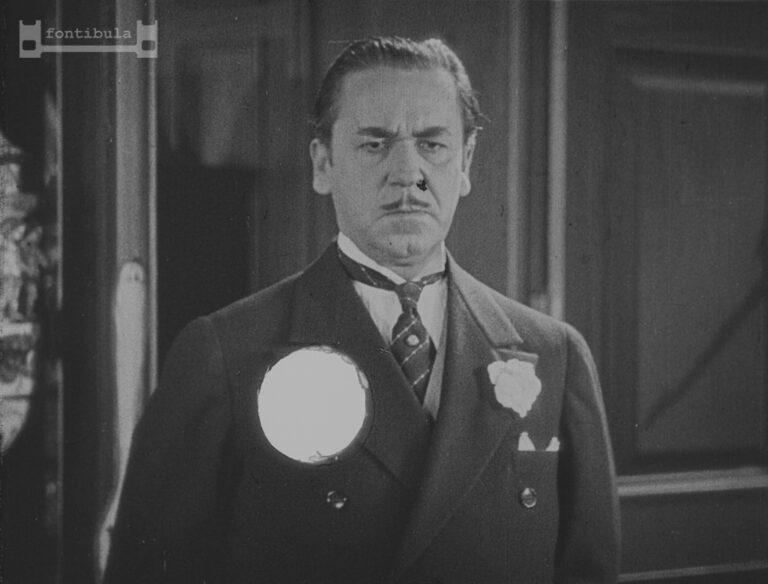
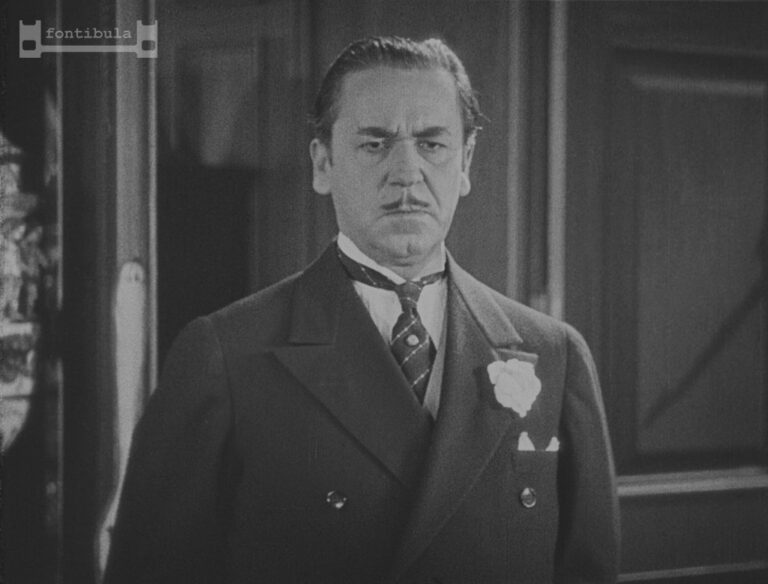
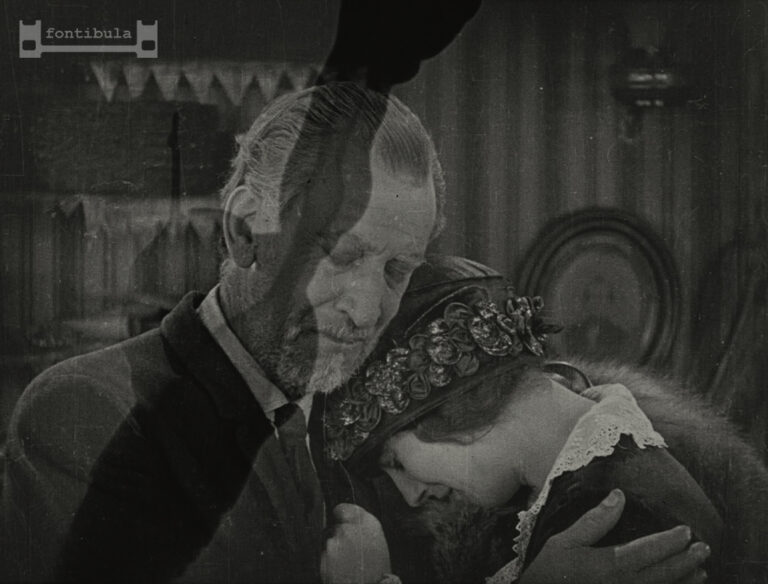
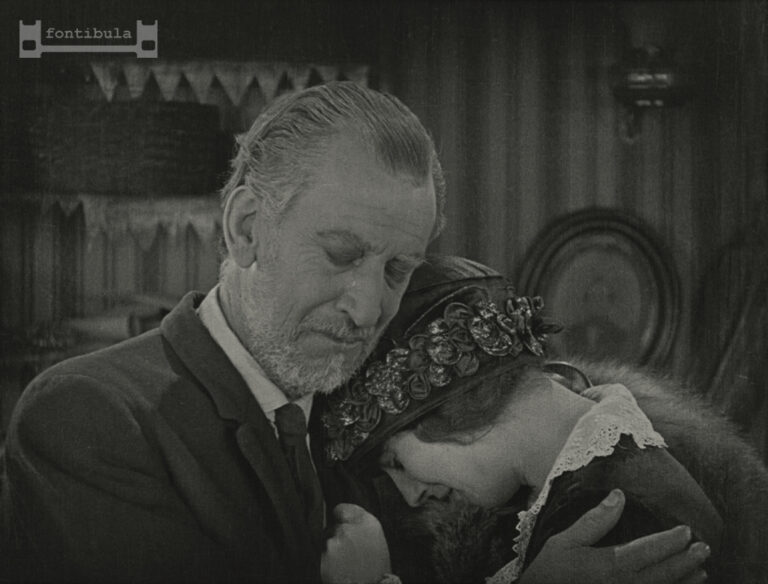
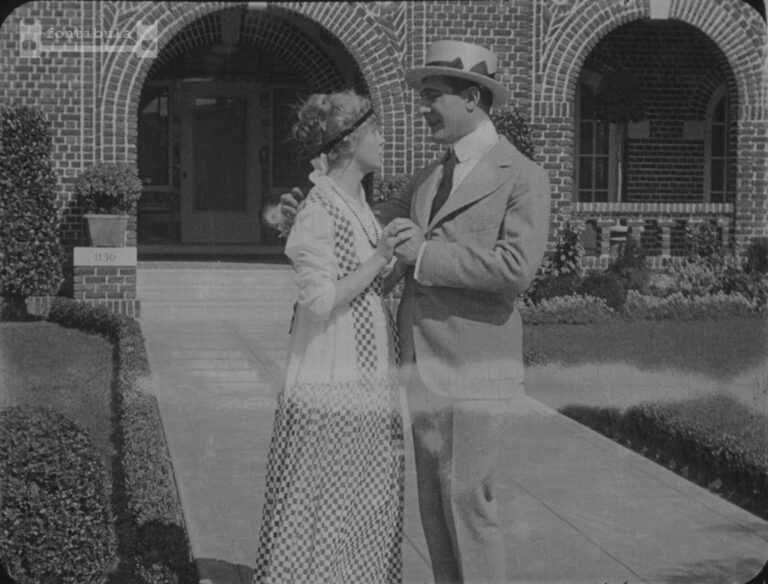
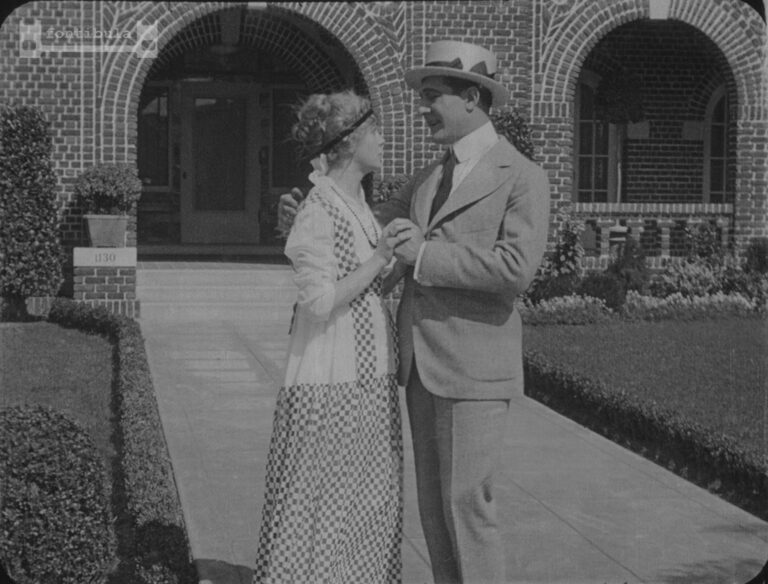
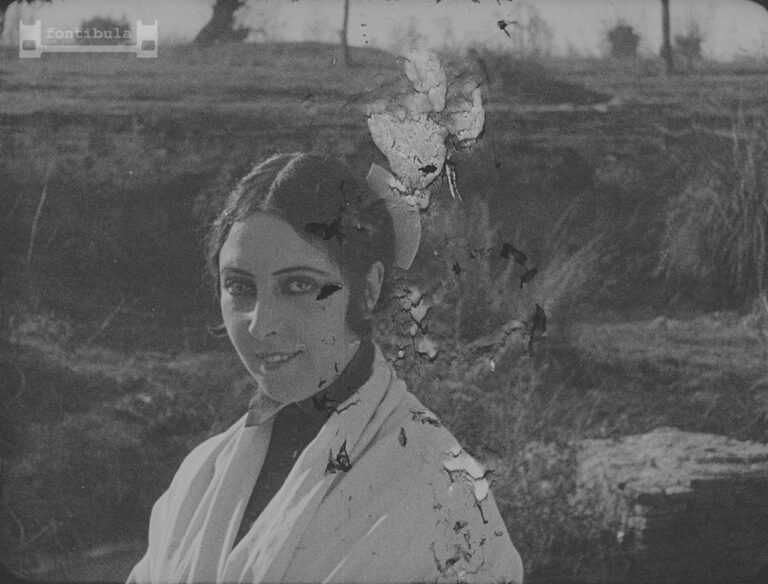
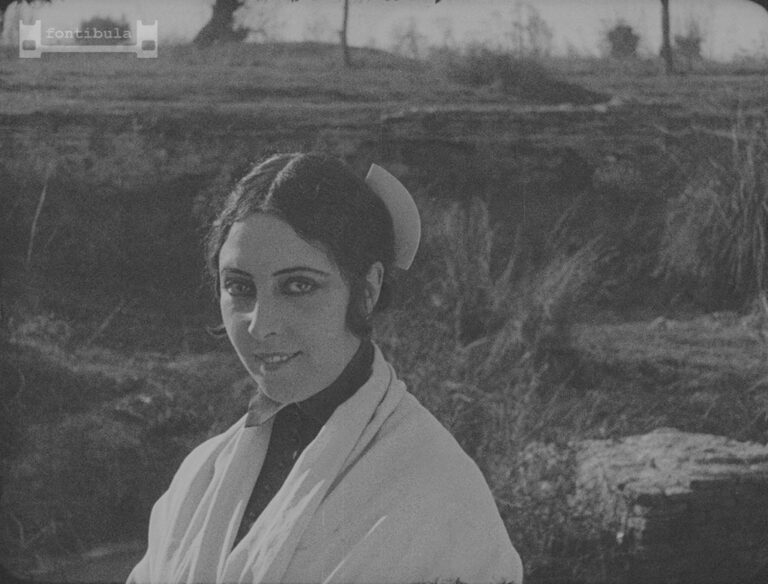
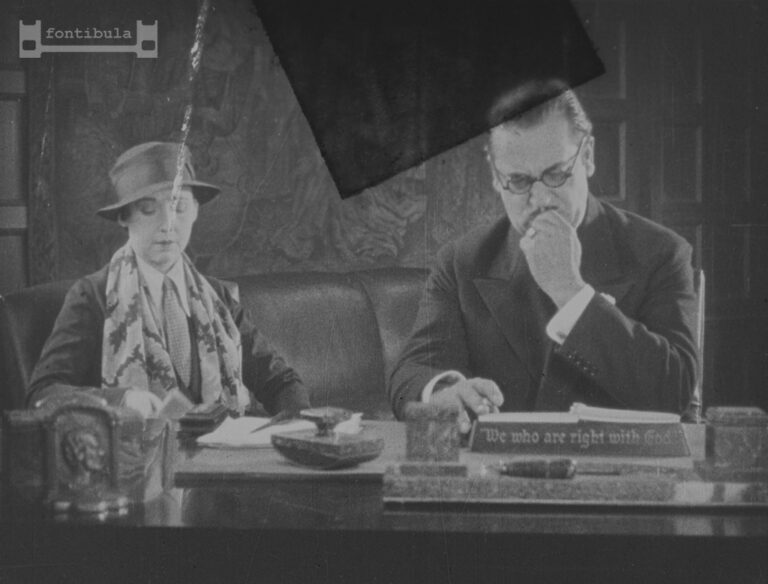
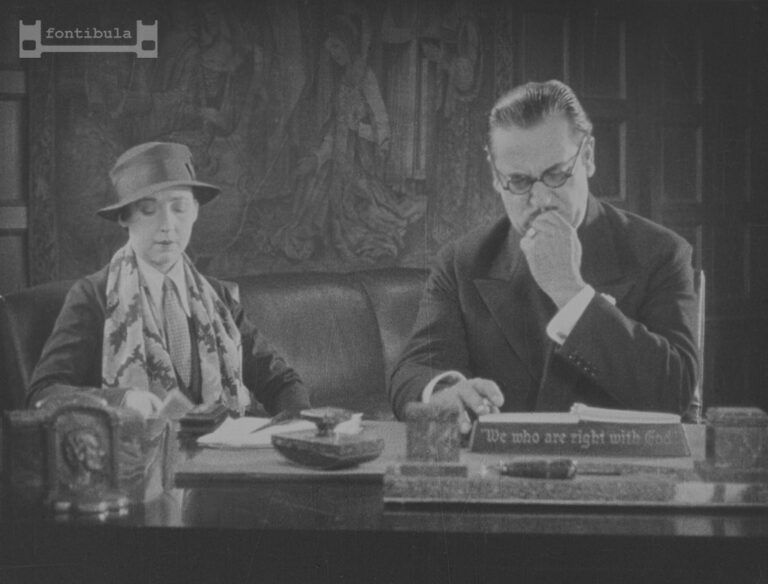
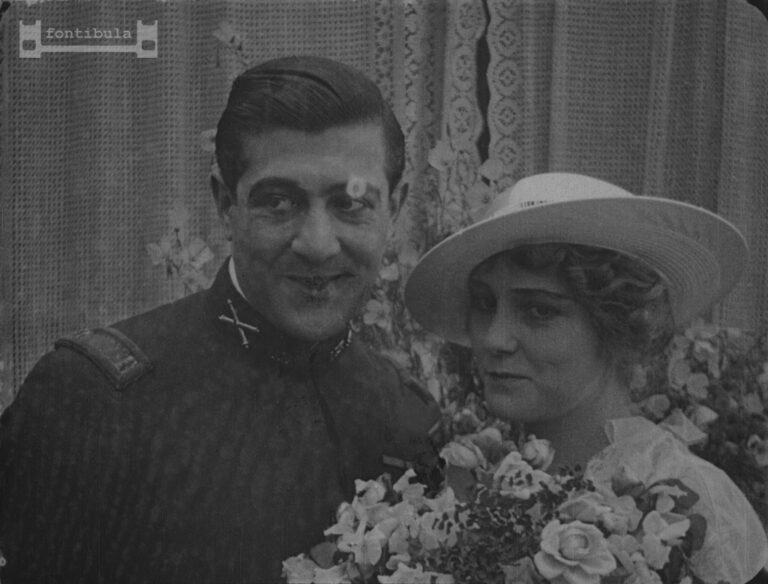
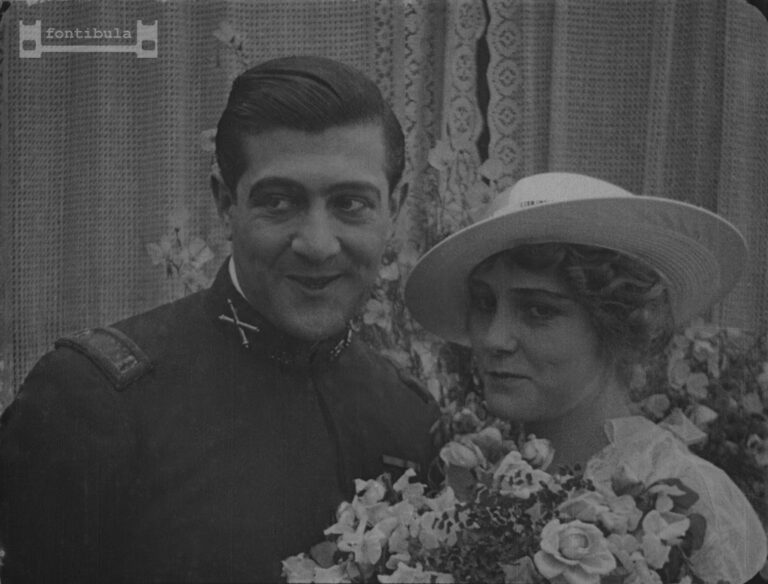
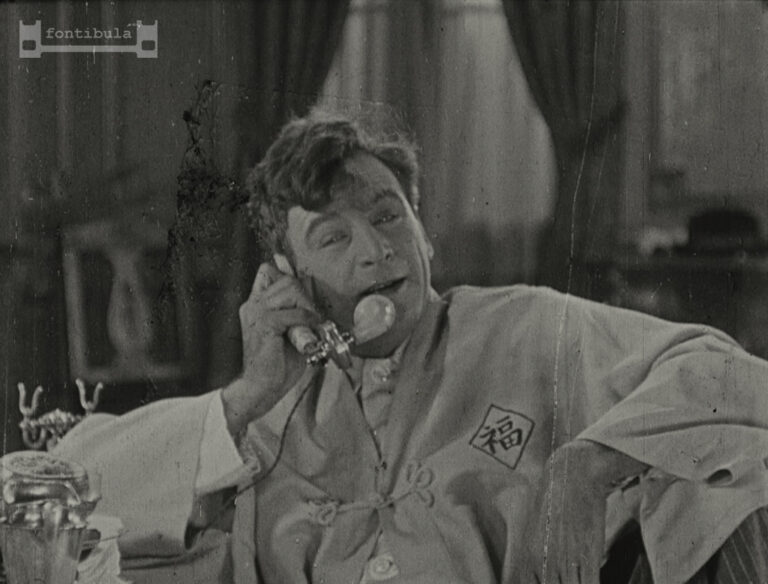
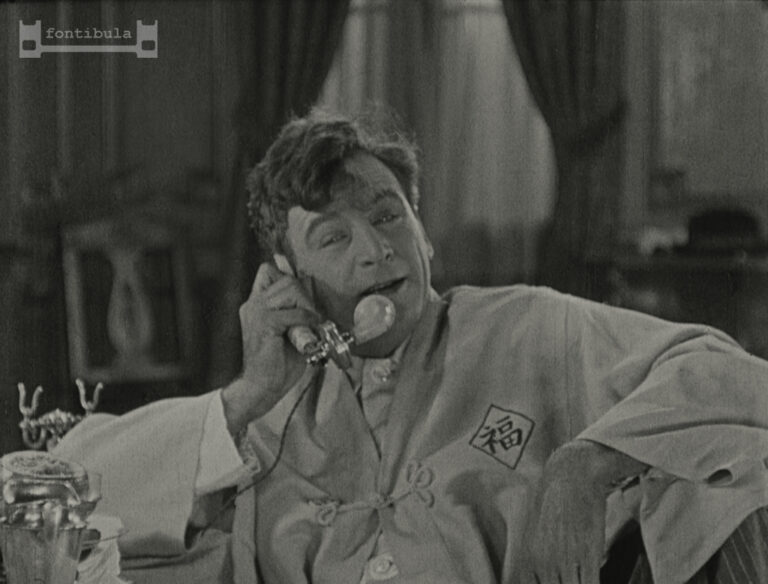
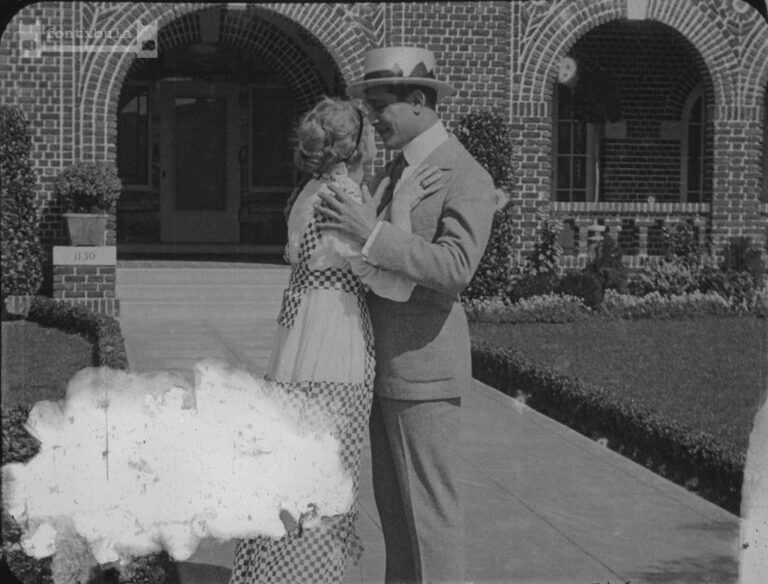
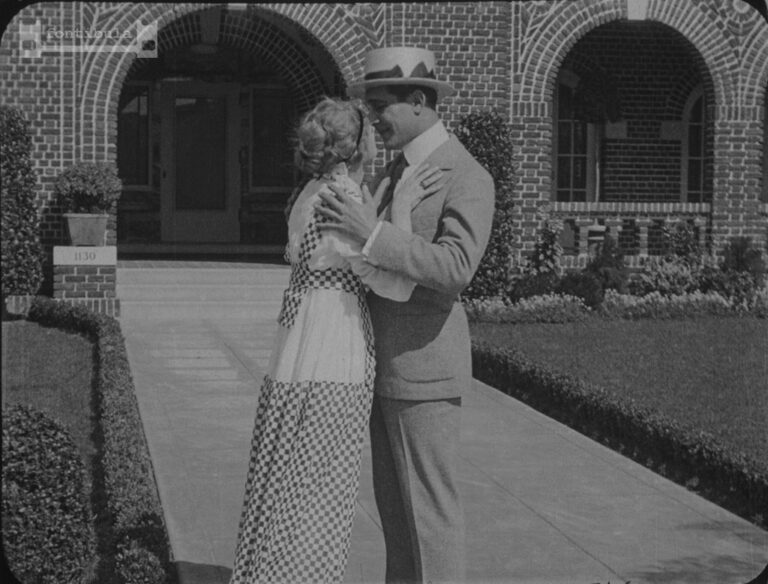
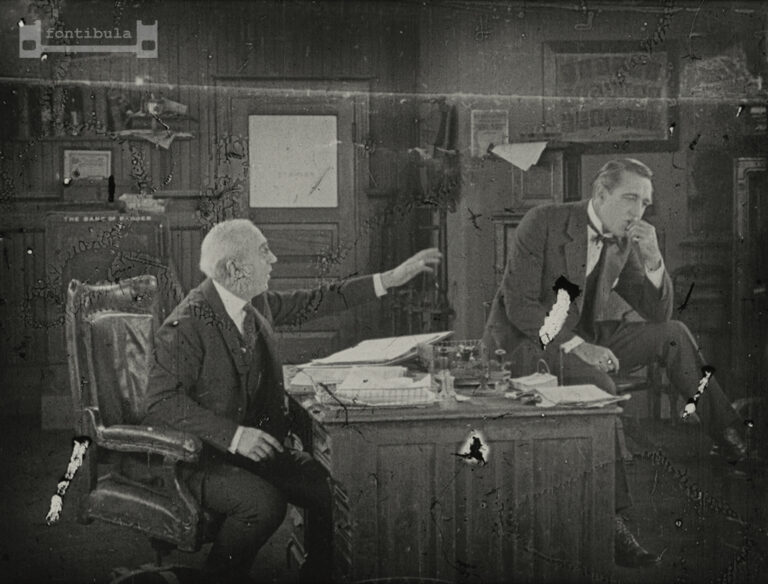
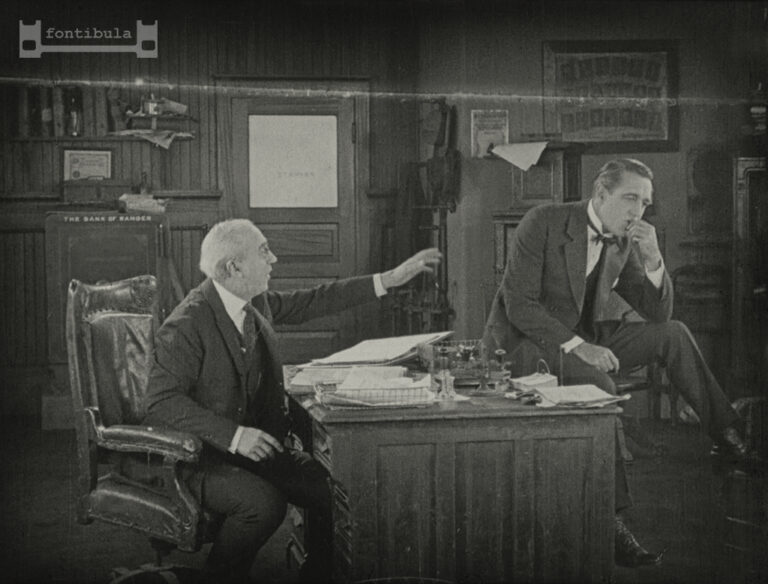
Flicker correction
Flicker is an essential characteristic of analog film and shouldn’t be erased. However, film emulsion degradation often results in what looks like excessive flickering, as does flawed photochemical duplication in the genealogy of the print.
